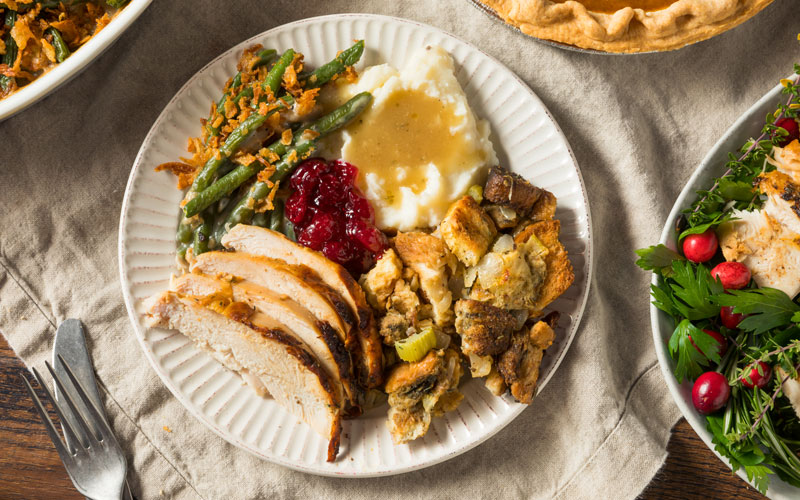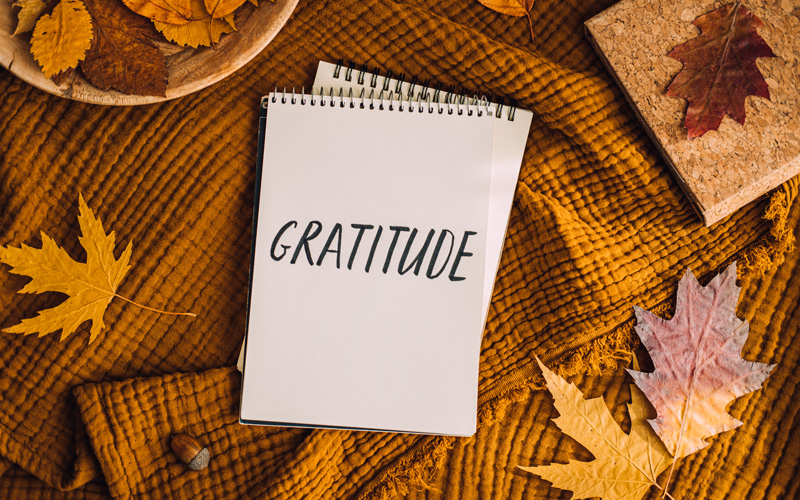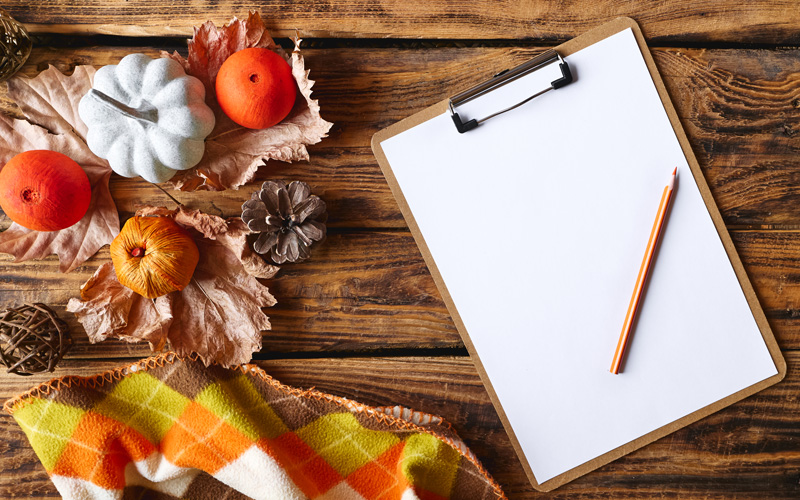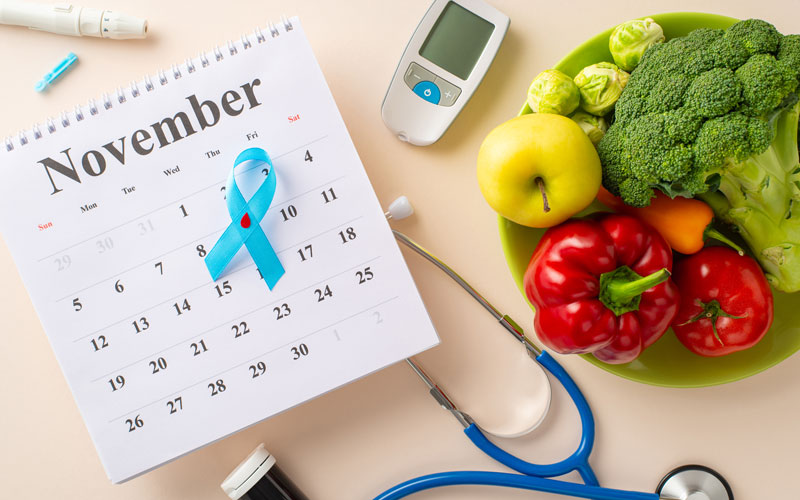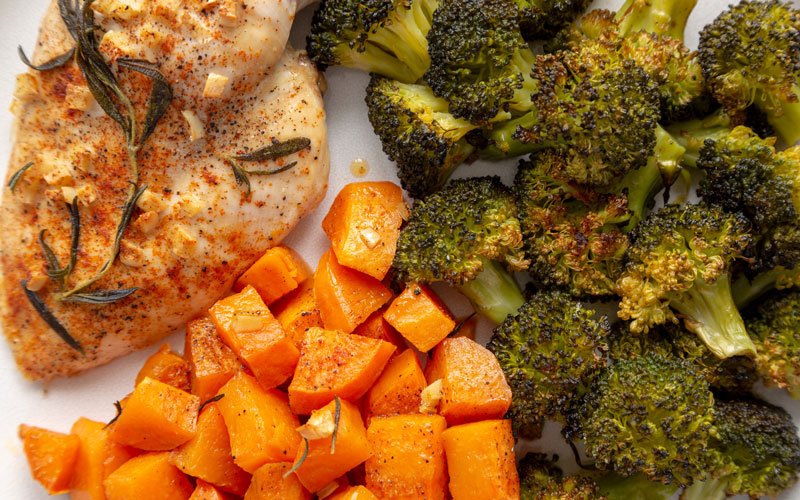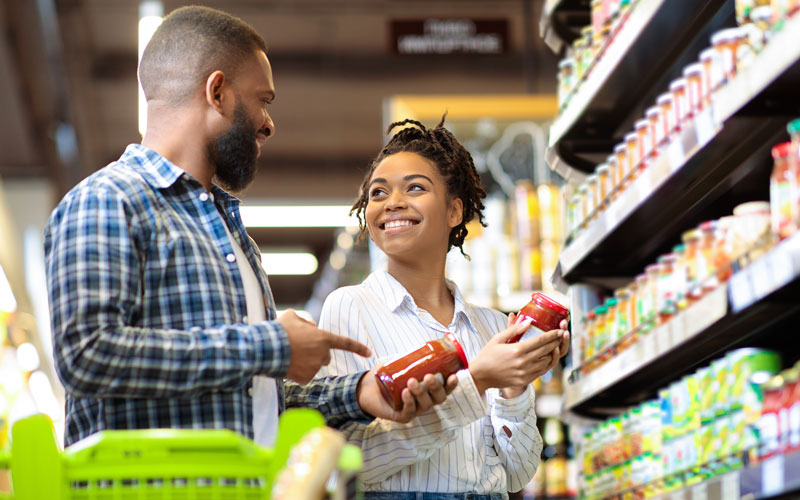
Reading Food Labels
Why is it important to know how to read food labels?
Food labels can be tricky, but they’re one of the easiest ways to make smarter choices at the store. With a quick glance, you can learn what’s really in your food — if you know what to look for. Here’s a simple guide to help you read them with confidence.
Top 5 Things to Check
Serving Size
Always start here! The numbers listed on the label are based on one serving — and many times, a package contains more than one.
Calories
Pay attention to how many calories you’re actually consuming, especially if you eat more than one serving.
% Daily Value (%DV)
This tells you how much a nutrient in one serving contributes to your daily diet.
- 5% or less = low
- 20% or more = high
Nutrients to Limit
Watch out for saturated fat, added sugars, and sodium. Too much of these can increase health risks like heart disease and high blood pressure.
Nutrients to Get Enough Of
Look for fiber, calcium, iron, and potassium — nutrients many people don’t get enough of.
Ingredient List Tips
- Ingredients are listed in order by weight — meaning the first few items make up most of the product.
- Shorter, familiar ingredient lists usually mean fewer additives.
- Watch for hidden sources of added sugar: anything ending in “-ose” (like glucose, sucrose) or syrups.
Quick Label-Reading Tips
- Compare products: Check labels on different brands to choose the healthier option.
- Check for whole grains: Look for “whole” as the first ingredient in breads, cereals, and crackers.
- Beware of health claims: Terms like “natural” or “low-fat” don’t always mean healthy — read the label to be sure.
Knowledge is power — and a quick label check can make a big difference in your daily nutrition. Happy shopping!
And, as always, let me know if you have any questions.


